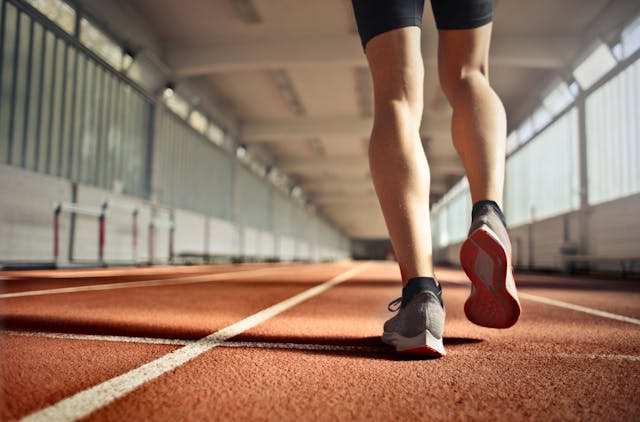Being physically active and adopting a healthy lifestyle are more important than having good genes or being lucky when it comes to aging gracefully. The many advantages of exercise for older adults, such as better mental health, strength, and balance, make it an absolute necessity. Following these top ten workout suggestions for seniors, supported by research and professional opinion, will help you discover the key to eternal vitality.
1. Start with a Warm-Up
It is critical to warm up before beginning any kind of physical activity. A light warmup improves circulation to the muscles and lessens the likelihood of harm. Warming up with light stretching or marching in place for five to ten minutes is what the experts advise.
2. Focus on Balance Exercises
One major source of damage among the elderly is falls. You can greatly lessen the likelihood of falling by engaging in balance exercises like Tai Chi or standing on one leg. The Journal of the American Geriatrics Society reported a study that indicated older persons who practiced Tai Chi had a 43% lower risk of falling.
3. Incorporate Strength Training
The loss of muscle mass that comes with becoming older is something that strength training can help you avoid. Muscle strength and bone density can be enhanced by lifting weights or utilizing resistance bands twice weekly. If they want to maintain their muscular mass and strength, older adults should do strength training at least twice a week, says the CDC.
4. Stay Flexible with Stretching
Maintaining supple muscles and healthy joints is the goal of flexibility training. Flexibility, ease of movement, and reduced stiffness can all be achieved by light yoga or stretching. At least three times each week, you should stretch, according to the National Institute on Aging.
5. Don’t Forget Cardio
To keep your heart healthy, you must do cardiovascular exercises. Practicing cardiovascular exercise for at least 150 minutes each week can reduce the likelihood of cardiovascular disease and stroke. Thirty minutes of moderate-intensity aerobic exercise, five days a week, is what the American Heart Association suggests for seniors.
6. Hydrate Properly
The danger of dehydration is greater for the elderly. Essential pre-, during-, and post-workout hydration is drinking adequate water. The Mayo Clinic recommends that active seniors drink eight 8-ounce glasses of water per day.
7. Listen to Your Body
Never push yourself too hard; pay attention to your body. Put an end to whatever it is that’s hurting you and get some rest. Before beginning a new fitness program, it is wise to consult with a healthcare professional.
8. Engage in Social Activities
Social benefits and increased motivation might be yours when you exercise with others. If you want to make exercising more fun and stick to it, consider joining a fitness class or a walking group. According to research published in Health Psychology, older persons are much more likely to stick to their exercise routines when they have social support.
9. Make Exercise Fun
Incorporate physical activity into your daily schedule by finding something you enjoy doing. There are many enjoyable and energetic things to do, such as dancing, gardening, or playing with grandkids.
10. Set Realistic Goals
Keeping yourself motivated is easier when you set attainable goals. Work your way up to more challenging and longer workouts by starting with smaller, more achievable goals. In order to stick to an exercise program, the World Health Organization (WHO) recommends making goals that are SMART, which stands for specific, measurable, achievable, relevant, and time-bound.
Conclusion
When it comes to aging well, exercise is essential. You can boost your physical and mental health, live a more active and fulfilling life by adopting these expert-recommended habits. Keep in mind that you can start exercising and enjoying the advantages of an active lifestyle at any age.

